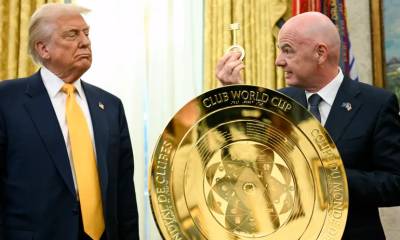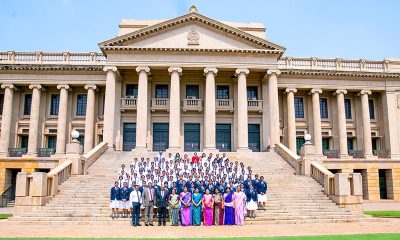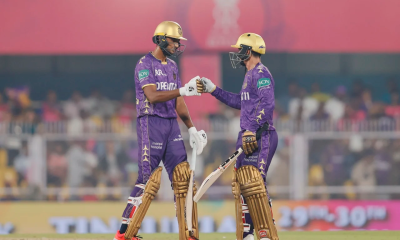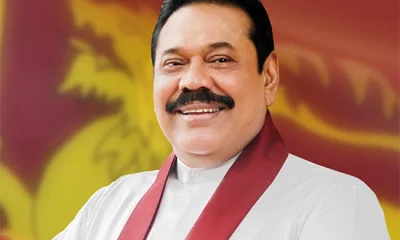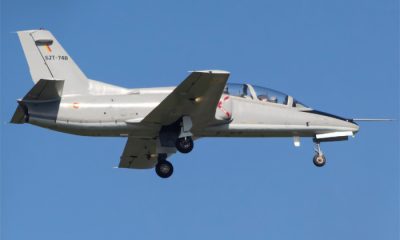Features
Commemorating independence with reconciliation
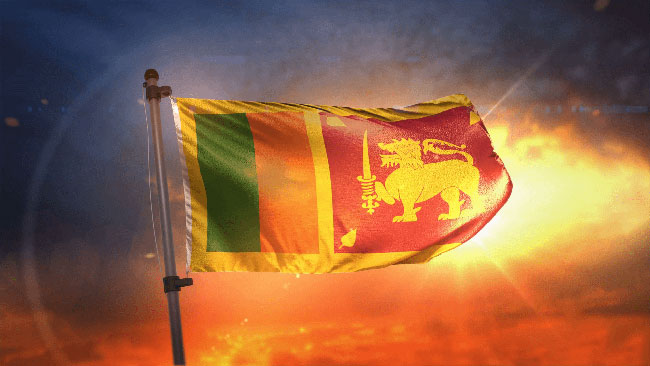
By Dr Upul Wijayawardhana
An unfading memory of my childhood is watching the Father of the Nation hoisting our national flag at the octagon of the Temple of the Sacred Tooth Relic, 74 years ago. Seated next to my father on the planks of a wooden viewing platform erected in front of the Dalada Maligawa, I watched D. S. Seananayake raising our national flag, after the symbolic lowering of the Union Jack; it got stuck momentarily as it passed through the hole in the roof, causing DS give it a tug, and my father said, “That is DS, our hero.” Does that hitch signify what we had to undergo to gain independence, or what has happened since?
The buzz-word of the moment is reconciliation and on this occasion of commemorating our Independence, we should ask ourselves whether we have done enough. ‘Reconciliation’ has been defined as ‘the restoration of friendly relations’ or ‘the action of making one view or belief compatible with another’. If one were to go by these definitions, the question is whether talking about reconciliation in Sri Lanka is superfluous as it already exists, perhaps to a greater extent than in the countries that attempt to judge us and force pseudo-reconciliation down our throats!
What DS raised was the Lion Flag, which was adopted as the national flag of the Dominion of Ceylon by the Parliament following a proposal made by the Member of Parliament for Batticaloa, Mudaliyar A. Sinnalebbe, on 16 January, 1948. To represent minorities two vertical strips of equal size in teal and orange were added in 1951. Even after independence our national anthem was “God Save the King’, till the Independence Commemoration Ceremony of 1952, when ‘Namo Namo Matha’ was sung in Sinhala. It is notable that an official Tamil version was sung in Tamil majority areas like Jaffna on this occasion though some narrow-minded nationalists have objected to this lately.
Ours is a country where differing ethnic and religious groups live in relative harmony. After all, minorities live freely within majority areas in spite of the denial of reciprocal rights in some minority areas.
Sri Lanka, a country which has been influenced for over 23 centuries by the pacifism of the majority religion, Buddhism, has shown great religious tolerance. Sinhala Buddhists co-exist with others despite grave injustices done to them during colonial times.
The Portuguese converted Buddhists to Christianity forcibly, though the British were subtle in their manoeuvres. Fortunately, all that has been put behind. In fact, the head of the Catholic Church, whilst acknowledging that Sri Lanka is a Buddhist country, has declared that Catholics are more at liberty to practise their religion in Sri Lanka than in most other countries.
When terrorists bombed Catholic churches, even Buddhist priests assisted in the rebuilding efforts. Buddhists are seen by the hundreds in some Hindu Kovils.
Of course, there are occasional hiccups, but which country does not have religious and ethnic tensions? However, if one were to analyse the root causes of such issues, one finds that these invariably are politically motivated or engineered. Admittedly, one thing that Sri Lanka lacks very badly is an enlightened political class. The majority, as well as the minorities are represented by self-serving politicians who are corrupt. In the past, we had politicians who contributed to world peace. J. R. Jayewardene, the young Finance Minister, who represented Ceylon at the San Francisco Peace Treaty in 1951, changed history, though his achievements later as President left much to be desired. We have politicians who were brave enough to take on terrorists and defeat them, going against the advice of so-called experts who declared that some terrorists were invincible. Unfortunately, though Mahinda Rajapaksa won the war, he was only partially successful in establishing peace. However, it was not entirely his fault, let down by the leaders of the so-called Free World.
Can Sri Lanka do better? Of course, it can. For that to happen Sri Lankans should be allowed to sort out problems themselves without external interference. Co-existence as well as reconciliation cannot be imposed. It has to emerge from the hearts and minds of the people. First and foremost, the continued harassment by the UNHCR, which is based on biased reports, must stop.
The other key factor that hampers progress is the behaviour of the Tamil diaspora. Their attempts at keeping the Tiger dream of a separate state alive, only antogonise the majority. Instead, they should concentrate on economic development measures for the benefit of their brethren back home. Is it not paradoxical that most of the young Tamils who are waving Tiger flags today were sent to the West by their parents, sometimes using devious means to avoid conscription by the Tigers?
Unfortunately, minorities always seek rights forgetting that they too have responsibilities. The ‘50:50’ demand by G.G Ponnambalam was totally irresponsible.
What about the demand for the merger of the Northern and Eastern Provinces? Is it not a demand that one minority be allowed to undermine another minority?
The more important question is the situation of the Muslim community in the East. In a merged province the Muslim voice would be significantly diluted and, if this happens, Islamic extremists are likely to have a field day.
Sometime ago, there was an excellent suggestion for redemarcating provincial boundaries and reducing the number of provinces to five with each province having access to the sea, one of our most valuable resources. With the reduced number of provinces, more effective devolution could be envisaged with less financial outlay. These are the sort of innovative solutions politicians of all shades and ethnicities should seriously consider if they seek prosperity, which would eventually lead to true reconciliation. I do hope the present government would implement its promise of the ‘one country-one law’ concept. If laws separate and distance communities, won’t they hamper reconciliation?
Another important issue is the banning of all religious and ethnic political parties so that voters would choose governments based on policies alone. Bhikkhus and other religious dignitaries should also be banned from taking to active politics as it is very important to keep religion and politics apart.
We must also do away with is the caste system, which plagues both Sinhala and Tamil communities. This archaic division persists because it is exploited by politicians. Some Buddhist Nikayas are also guilty of upholding a practice abhorred by the Buddha. Even if a classless society is a distant dream, a casteless society is long overdue.
It is sad that the Buddhist majority has a tendency to overreact due to the false impression that Buddhism is under threat. Of course, politicians are ever ready to exploit and encourage this sort of irrational behaviour. What needs to be understood is that from the time of formal introduction in 3rd Century BCE, Buddhism came under numerous threats but has overcome them all. It has been able to do so because Buddhism is not simply a religion but a philosophy that laid the foundation for modern scientific thinking. Even if it does not survive in Sri Lanka, it will survive in the West, as more and more have come to understand the true value of Buddhism. Therefore, we should not make Buddhism an excuse for inaction but the reason for true reconciliation and peace.
Features
South’s ‘structural deficiencies’ and the onset of crippled growth
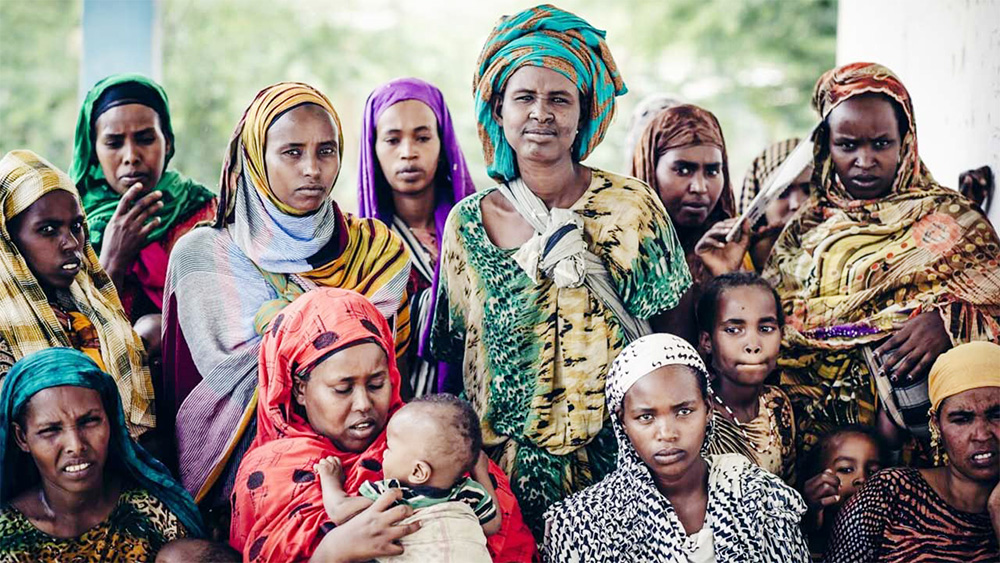
 The perceptive commentator seeking to make some sense of social and economic developments within most Southern countries today has no choice but to revisit, as it were, that classic on post-colonial societies, ‘The Wretched of the Earth’ by Frantz Fanon. Decades after the South’s initial decolonization experience this work by the Algerian political scientist of repute remains profoundly relevant.
The perceptive commentator seeking to make some sense of social and economic developments within most Southern countries today has no choice but to revisit, as it were, that classic on post-colonial societies, ‘The Wretched of the Earth’ by Frantz Fanon. Decades after the South’s initial decolonization experience this work by the Algerian political scientist of repute remains profoundly relevant.
The fact that the Algeria of today is seeking accountability from its former colonizer, France, for the injustices visited on it during the decades of colonial rule enhances the value and continuing topicality of Frantz’s thinking and findings. The fact that the majority of the people of most decolonized states are continuing to be disempowered and deprived of development should doubly underline the significance of ‘The Wretched of the Earth’ as a landmark in the discourse on Southern questions. The world would be erring badly if it dismisses this evergreen on decolonization and its pains as in any way outdated.
Developments in contemporary China help to throw into relief some of the internal ‘structural deficiencies’ that have come to characterize most Southern societies in current times. However, these and many more ‘structural faults’ came to the attention of the likes of Fanon decades back.
It is with considerable reservations on their truthfulness that a commentator would need to read reports from the US’ Office of the Director of National Intelligence (ODNI) on developments in China, but one cannot approach with the same skepticism revelations on China by well-known media institutions such as Bloomberg News.
While an ODNI report quoted in this newspaper on March 25th, 2025, elaborated on the vast wealth believed to have been amassed by China’s contemporary rulers and their families over the years, Bloomberg News in a more studied manner said in 2012, among other things, on the same subject that, ‘Xi’s extended family had amassed assets totaling approximately $376 million, encompassing investments in sectors like rare earth minerals and real estate. However, no direct links were established between these assets and Xi or his immediate family.’
Such processes that are said to have taken hold in China in post- Mao times in particular are more or less true of most former colonies of the South. A clear case in point is Sri Lanka. More than 75 years into ‘independence’ the latter is yet to bring to book those sections of its ruling class that have grown enormously rich on ill-gotten gains. It seems that, as matters stand, these sections would never be held accountable for their unbounded financial avarice.
The mentioned processes of exploitation of a country’s wealth, explain in considerable measure, the continuing underdevelopment of the South. However, Fanon foresaw all these ills and more about the South long ago. In ‘The Wretched of the Earth’ he speaks insightfully about the ruling classes of the decolonized world, who, having got into the boots of the departing colonizers, left no stone unturned to appropriate the wealth of their countries by devious means and thereby grow into the stratum described as ‘the stinking rich.’
This is another dimension to the process referred to as ‘the development of underdevelopment.’ The process could also be described as ‘How the Other Half Dies’. The latter is the title of another evergreen piece of research of the seventies on the South’s development debacles by reputed researcher Susan George.
Now that the Non-aligned Movement is receiving some attention locally it would be apt to revisit as it were these development debacles that are continuing to bedevil the South. Among other things, NAM emerged as a voice of the world’s poor. In fact in the seventies it was referred to as ‘The trade union of the poor.’ Accordingly, it had a strong developmental focus.
Besides the traditional aims of NAM, such as the need for the South to keep an ‘equidistance’ between the superpowers in the conduct of its affairs, the ruling strata of developing countries were also expected to deliver to their peoples equitable development. This was a foremost dimension in the liberation of the South. That is, economic growth needed to be accompanied by re-distributive justice. In the absence of these key conditions no development could be said to have occurred.
Basing ourselves on these yardsticks of development, it could be said that Southern rulers have failed their peoples right through these decades of decolonization. Those countries which have claimed to be socialistic or centrally planned should come in for the harshest criticism. Accordingly, a central aim of NAM has gone largely unachieved.
It does not follow from the foregoing that NAM has failed completely. It is just that those who have been charged with achieving NAM’s central aims have allowed the Movement to go into decline. All evidence points to the fact that they have allowed themselves to be carried away by the elusive charms of the market economy, which three decades ago, came to be favoured over central planning as an essential of development by the South’s ruling strata.
However, now with the returning to power in the US of Donald Trump and the political Right, the affairs of the South could, in a sense, be described as having come full circle. The downgrading of USAID, for instance, and the consequent scaling down of numerous forms of assistance to the South could be expected to aggravate the development ills of the hemisphere. For instance, the latter would need to brace for stepped-up unemployment, poverty and social discontent.
The South could be said to have arrived at a juncture where it would need to seek ways of collectively advancing its best interests once again with little or no dependence on external assistance. Now is the time for Southern organizations such as NAM to come to the forefront of the affairs of the South. Sheer necessity should compel the hemisphere to think and act collectively.
Accordingly, the possibility of South-South cooperation should be explored anew and the relevant institutional and policy framework needs to be created to take on the relevant challenges.
It is not the case that these challenges ceased to exist over the past few decades. Rather it is a case of these obligations being ignored by the South’s ruling strata in the belief that externally imposed solutions to the South’s development questions would prove successful. Besides, these classes were governed by self- interest.
It is pressure by the people that would enable their rulers to see the error of their ways. An obligation is cast on social democratic forces or the Centre-Left to come to center stage and take on this challenge of raising the political awareness of the people.
Features
Pilot error?
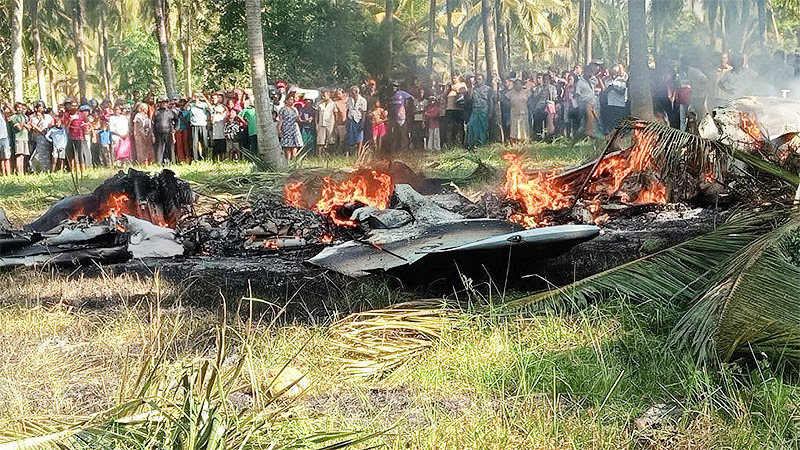
On the morning of 21 March, 2025, a Chinese-built K-8 jet trainer aircraft of the Sri Lanka Air Force (SLAF) crashed at Wariyapola. Fortunately, the two pilots ejected from the aircraft and parachuted down to safety.
A team of seven has been appointed to investigate the accident. Their task is to find the ‘cause behind the cause’, or the root cause. Ejecting from an aircraft usually has physical and psychological repercussions. The crew involved in the crash are the best witnesses, and they must be well rested and ready for the accident inquiry. It is vital that a non-punitive atmosphere must prevail. If the pilots believe that they are under threat of punishment, they will try to withhold vital information and not reveal the truth behind what happened, prompting their decision to abandon the stricken aircraft. In the interest of fairness, the crew must have a professional colleague to represent them at the Inquiry.
2000 years ago, the Roman philosopher Cicero said that “To err is human.” Alexander Pope said, “To err is human. To forgive, divine.” Yet in a Royal Air Force (RAF) hangar in the UK Force (RAF) hangs a sign declaring: “To err is human. To forgive is not RAF policy” These are the two extremes.
Over the years, behavioural scientists have observed that errors and intelligence are two sides of the same coin. In other words, an intelligent human being is liable to make errors. They went on to label these acts of omission and commission as ‘Slips, Lapses, Mistakes and Violations’.
To illustrate the point in a motoring context, if one was restricted to driving at a speed limit of 100 kph along an expressway and the speed crept up to 120 kph, then it is a ‘Slip’ on one’s part. If you forgot to fasten the seatbelt, it is a ‘Lapse’. While driving along a two-lane road, if a driver thinks in his/her judgement that the way is clear and tries to overtake slower traffic on the road, using the opposite lane, then encounters unanticipated opposite traffic and is forced to get back to the correct lane, that is a ‘Mistake’. Finally, if a double line is crossed while overtaking, while aware that the law is being broken, that is labelled as a ‘Violation’. In theory, all of the above could be applied to flying as well.
In the mid-Seventies, Elwyn Edwards and Frank Hawkins proposed that good interaction between Software (paperwork), Hardware (the aircraft and other machines), Liveware (human element) and the (working) environment are the essentials in safe flight operations. Labelled the ‘SHELL’ concept, it was adopted by the International Civil Aviation Organisation. (ICAO). (See Diagram 01)

In diagram 01, two ‘L’s depict the ‘Liveware’, inside and outside an aircraft flightdeck. The ‘L’ at the centre is the pilot in command (PIC), who should know his/her strengths and weaknesses, know the same of his/her crew, aircraft, and their mission, and, above all, be continuously evaluating the risks.
Finally, Prof. James Reason proposed the Swiss Cheese Theory of Accident Causation. (See Diagram 02)
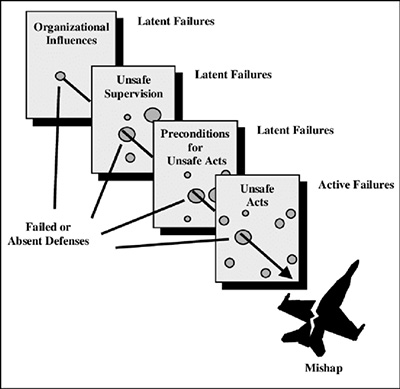
From this diagram we see that built in defences in a system are like slices of Swiss cheese. There are pre-existing holes at random which, unfortunately, may align and allow the crew at the ‘sharp end’ to carry out a procedure unchecked.
Although it is easy and self-satisfying to blame a crew, or an individual, at an official accident investigation, what should be asked, instead, is why or how the system failed them? Furthermore, a ‘just culture’ must prevail.
The PIC and crew are the last line of defence in air safety and accident prevention. (See Diagram 3)
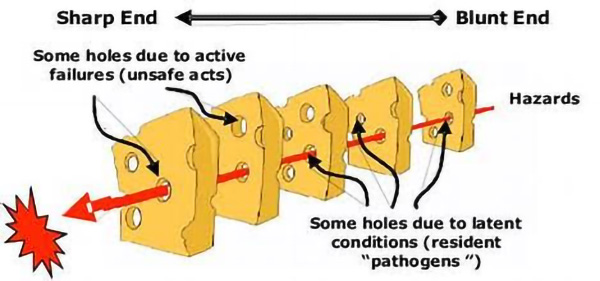
A daily newspaper reported that it is now left to be seen whether the crash on 21 March was due to mechanical failure or pilot error. Why is it that when a judge makes a wrong judgement it is termed ‘Miscarriage of Justice’ or when a Surgeon loses a patient on the operating table it is ‘Surgical Misadventure’, but when a pilot makes an honest error, it is called ‘Pilot Error’? I believe it should be termed ‘Human Condition’.
Even before the accident investigation had started, on 23 March, 2025, Minister of Civil Aviation, Bimal Ratnayake, went on record saying that the Ministry of Defence had told him the accident was due to an ‘athweradda’ (error). This kind of premature declaration is a definite ‘no-no’ and breach of protocol. The Minister should not be pre-empting the accident enquiry’s findings and commenting on a subject not under his purview. Everyone concerned should wait for the accident report from the SLAF expert panel before commenting.
God bless the PIC and crew!
– Ad Astrian
Features
Thai scene … in Colombo!
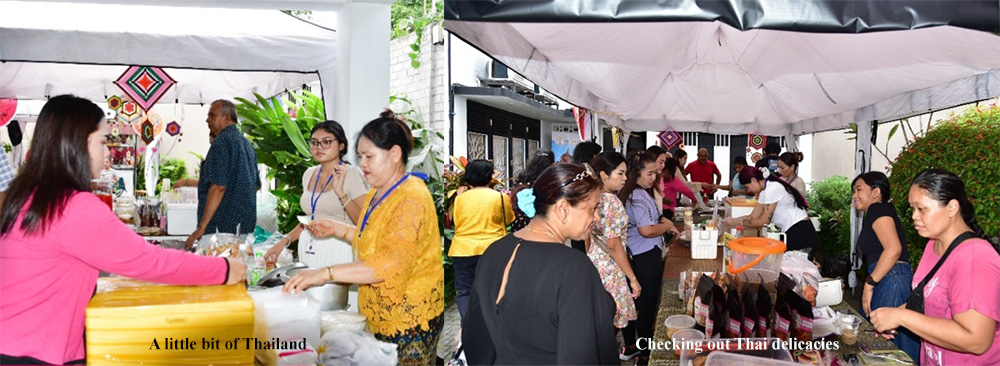
 Yes, it’s happening tomorrow, Friday (28th), and Saturday (29th,) and what makes this scene extra special is that you don’t need to rush and pack your travelling bags and fork out a tidy sum for your airfare to Thailand.
Yes, it’s happening tomorrow, Friday (28th), and Saturday (29th,) and what makes this scene extra special is that you don’t need to rush and pack your travelling bags and fork out a tidy sum for your airfare to Thailand.
The Thai Street Food Festival, taking place at Siam Nivasa, 43, Dr. CWW Kannangara Mawatha, Colombo 7, will not only give you a taste of Thai delicacies but also Thai culture, Thai music, and Thai dancing.
 This event is being organised by the Thai Community, in Sri Lanka, in collaboration with the Royal Thai Embassy in Colombo.
This event is being organised by the Thai Community, in Sri Lanka, in collaboration with the Royal Thai Embassy in Colombo.
The Thai Community has been very active and they make every effort to promote Amazing Thailand, to Sri Lankans, in every possible way they can.
Regarding the happening, taking place tomorrow, and on Saturday, they say they are thrilled to give Sri Lankans the vibrant Thai Street Food Festival.
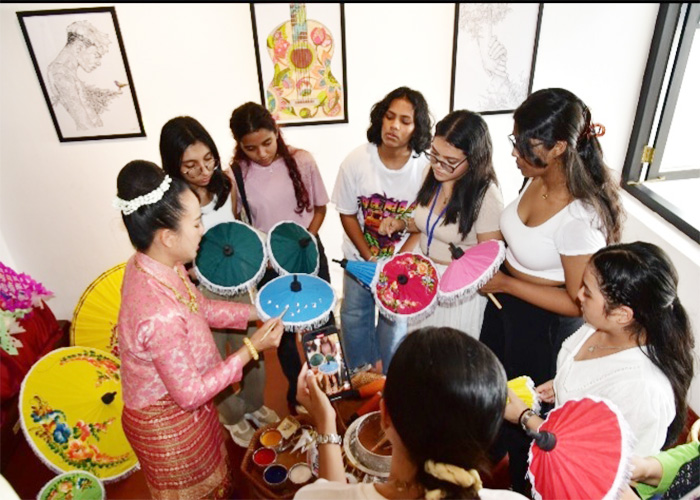
Explaining how Thai souvenirs are turned out
I’m told that his event is part of a series of activities, put together by the Royal Thai Embassy, to commemorate 70 years of diplomatic relations between Thailand and Sri Lanka.
At the Thai Street Food Festival, starting at 5.00 pm., you could immerse yourself in lively Thai culture, savour delicious Thai dishes, prepared by Colombo’s top-notch restaurants, enjoy live music, captivate dance performances, and explore Thai Community members offering a feast of food and beverages … all connected with Amazing Thailand.
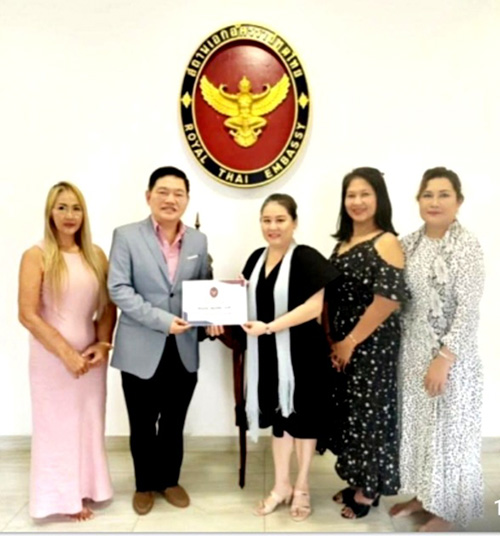
Some of the EXCO members of the Thai Community, in Sri Lanka,
with the Ambassador for Thailand
I’m sure most of my readers would have been to Thailand (I’ve been there 24 times) and experienced what Amazing Thailand has to offer visitors … cultural richness, culinary delights and unique experiences.
Well, if you haven’t been to Thailand, as yet, this is the opportunity for you to experience a little bit of Thailand … right here in Colombo; and for those who have experienced the real Thailand, the Thai Street Food Festival will bring back those happy times … all over again!
Remember, ENTRANCE IS FREE.
-
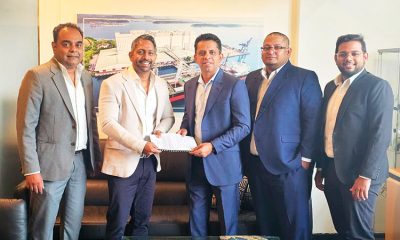
 Business7 days ago
Business7 days agoCargoserv Shipping partners Prima Ceylon & onboards Nestlé Lanka for landmark rail logistics initiative
-
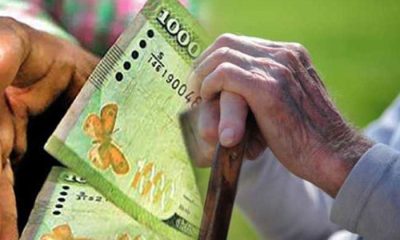
 News5 days ago
News5 days agoSeniors welcome three percent increase in deposit rates
-
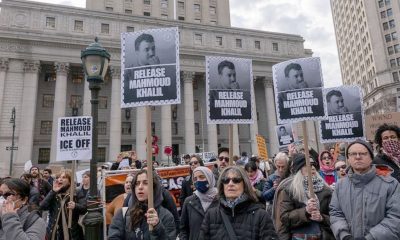
 Features5 days ago
Features5 days agoThe US, Israel, Palestine, and Mahmoud Khalil
-
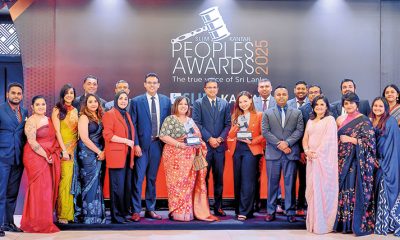
 Business7 days ago
Business7 days agoSri Lankans Vote Dialog as the Telecommunication Brand and Service Brand of the Year
-
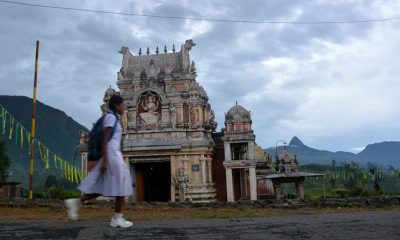
 News5 days ago
News5 days agoScholarships for children of estate workers now open
-
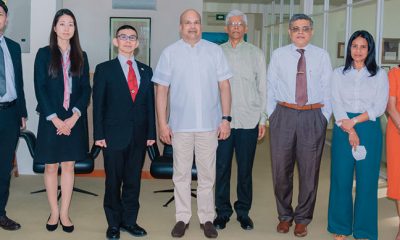
 News6 days ago
News6 days agoDefence Ministry of Japan Delegation visits Pathfinder Foundation
-

 Features7 days ago
Features7 days agoThe Vaping Veil: Unmasking the dangers of E-Cigarettes
-
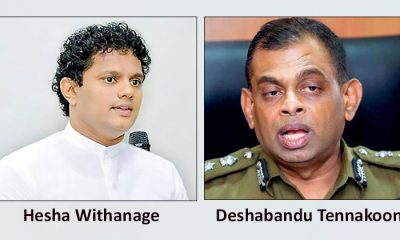
 News7 days ago
News7 days ago‘Deshabandu is on SLC payroll’; Hesha tables documents



